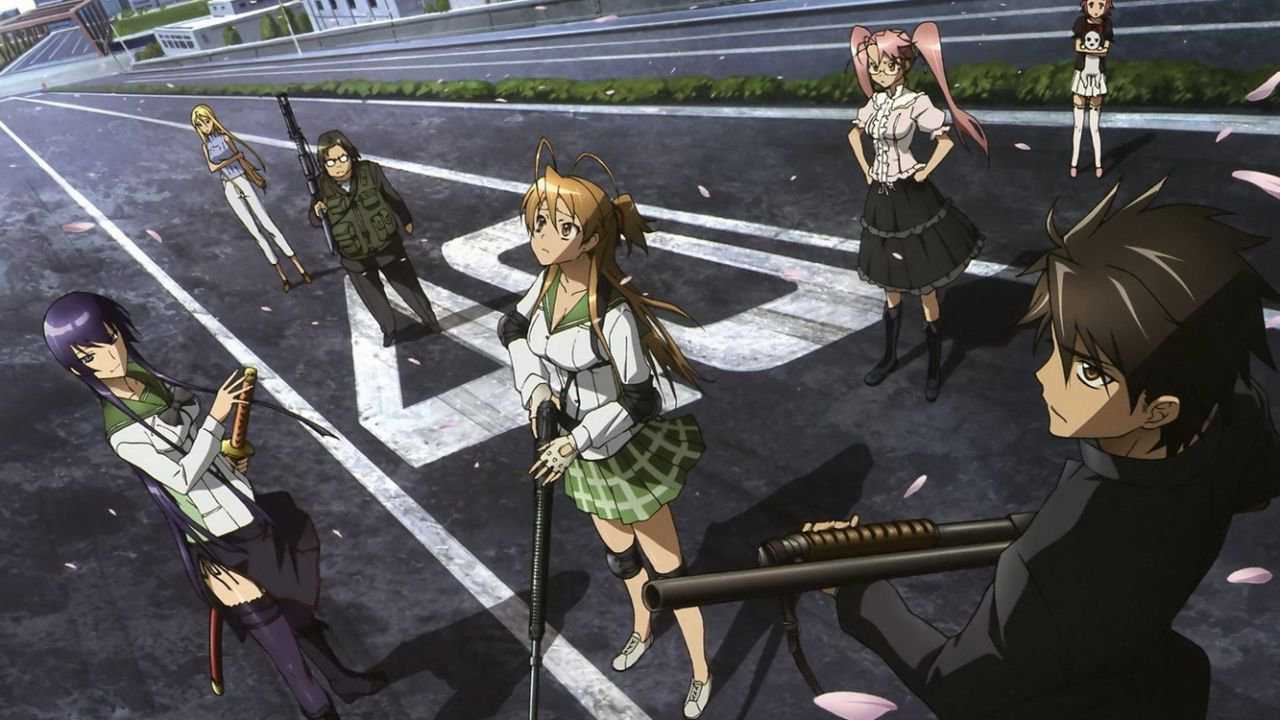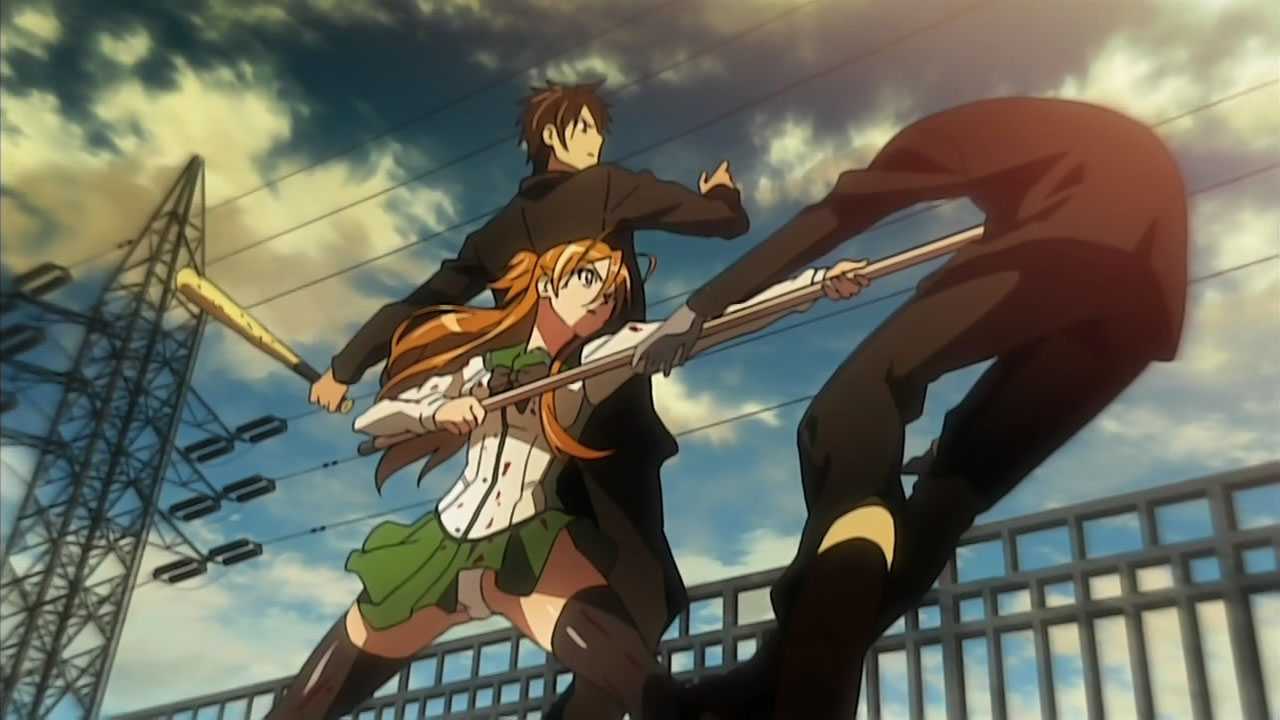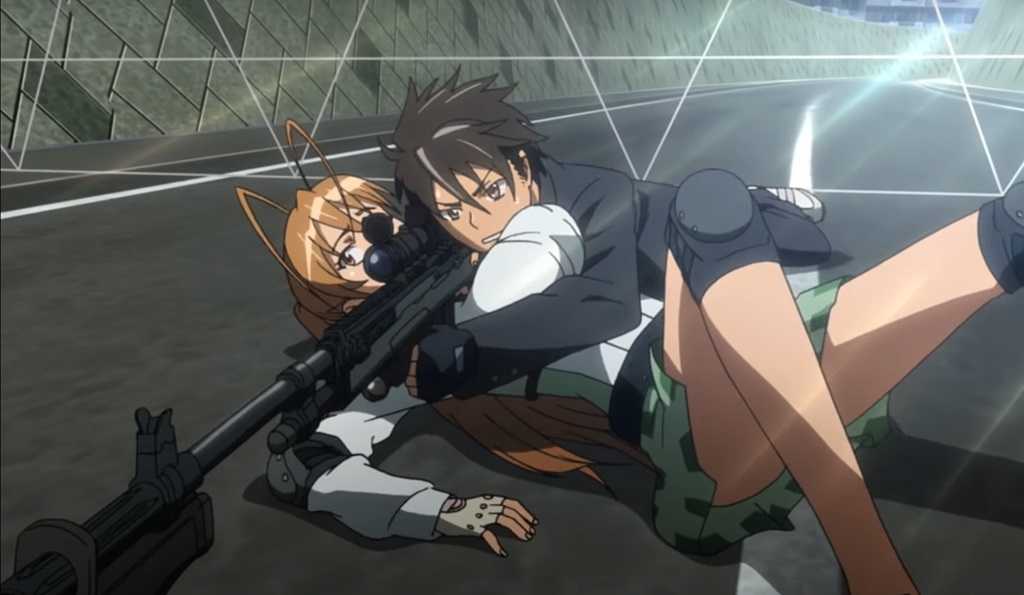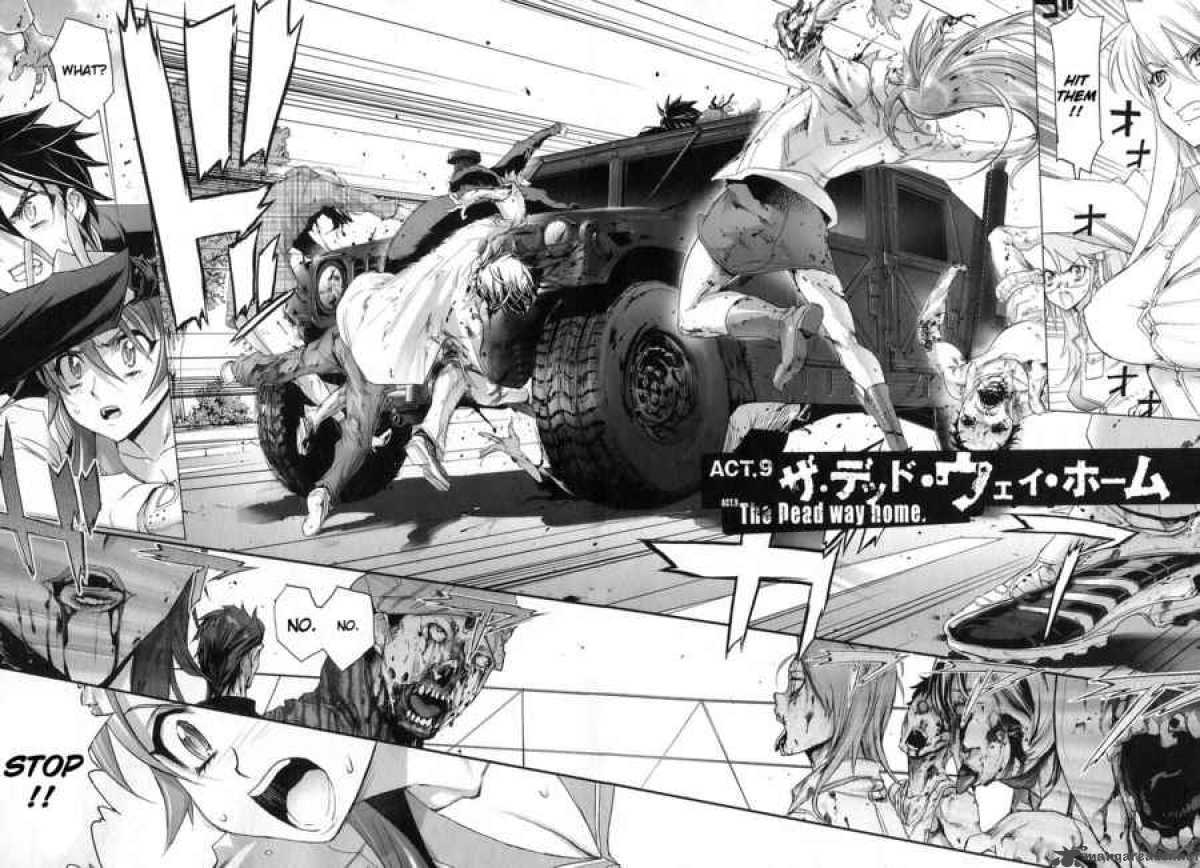Here we are again at the appointment dedicated to anime and their comparison with manga: today we present Highschool of the Dead, by Daisuke Satō
The zombies I am a very present subject in cinematography, which over the years has found a lot of development in other areas as well. After almost a hundred years (the first “official” zombie movie, The island of zombies, is from 1932) the living dead continue to enjoy great fame. These figures continue to exert such a fascination on us that they gave birth to one of the cinematic subgenres most explored (we talk about video games, books, and manga).
The eclecticism of this monster allows it to be reinvented over the years, while maintaining the same aesthetic as always. Difficult to find a zombie who does not eat brains, walks slowly and wakes up to the smell of blood or the slightest movement; but it is possible to insert them in stories other than the common imagination, and go from horror to comic in no time at all.
Let’s move on from historical films like Resident Evil, to unforgettable series such as The Walking Dead; To get to newer products, such as the extravagant Zombie Pride and Prejudice or the comedian Zombie.
Highschool of the Dead
None, however, have you ever imagined them inserted in an erotic context; Daisuke Satō with his Highschool of the Dead he succeeded, and also great.
Highschool of the Dead was born as a manga written by Daisuke Satō, already known for his Japanese novels with alternate stories, and illustrated by Shōji Satō, author of hentai and non-hentai manga, also cartoonist of many doujinshi. Published from 2006 to 2013, it consists of seven volumes plus a full color reissue. The death in 2017 of the screenwriter Daisuke Sato meant that the work was not concluded, leaving it in fact without a real ending. An animated series, taken from the manga, in 12 episodes is currently available in the catalog Netflix.

Trama | Highschool of the Dead di Daisuke Satō
The story is set in April 2010, in Tokyo. Suddenly a pandemic breaks out due to a virus that turns humans into zombies, called by the protagonists “their”. Takashi Komuro, a Japanese student from Fujimi High School, survives the initial outbreak of the pandemic along with some of his classmates and the school nurse, soon becoming the leader of the group that forms near the school.
The escape and / or survival attempts of Fujimi High School survivors, as the series progresses, are replaced in part by themes related to the collapse of society, including the possible breaking down of the moral codes of the surviving humans.

The undead | Highschool of the Dead by Daisuke Sato
The undead, here called “They”, infect you if they bite you and can only be killed with a blow to the head; they are strong and fast, but with a bumpy walk and alert only to the hearing of a noise. From the very first scene, in which one of Them arrives at the school gate, triggering a chain sequence of infections in less than ten minutes that will lead to the death of more than half of the students present, it is perceived an atmosphere as if suspended in time, a symptom of something that is happening but of which no one is yet aware.
The first episodes, those set inside the school, remain the most engaging; not only for the outstanding presence of zombies on stage, but also for the dynamics of the story itself. Slowly the members of the main group are shown individually, to arrive at a choral dimension when they find themselves fighting for life together and together they decide to continue to survive.
The series oscillates between a register serious, the horror / splatter component, and a more playful one, certainly encouraged by the fan service. Although this is used to lighten the tension of some moments, with the continuation of the story it tends to become excessively invasive (this trick is so insistent that it goes beyond the so-called sub-genre ‘ecchi’).

The group of survivors | Highschool of the Dead by Daisuke Sato
The group of survivors, features almost totally stereotyped characters.
Takashi Komuro, “Protagonist” and narrator of the story, from a normal Japanese student suddenly becomes, due to the invasion of the zombies, leader of the group. In him we immediately recognize a capacity for reflection and action that stands out compared to others, indeed to others; because yes, most of the other elements of the group they are all girls, all more or less attracted to him. It should be noted that, when we talk about girls in Highschool of the Dead, the right term to use is certainly that of “oppai“(They have, in fact, abundant breasts, white and soft skin and an extremely soft body).
Among these it stands out Rei Miyamoto, Takashi’s childhood friend; she is one of the few female protagonists to whom a certain introspective investigation is reserved. The others, while presenting distinctive features, they are not developed in any way, except through brief flashbacks; however, only events from their past emerge which do not serve to define them temperamentally.
The school setting is replaced by a series of different environments, transforming what initially seemed a struggle for survival into a road trip with the sole purpose of leaving Takashi as isolated as possible with one of the girls.

Fine?
The publication of the manga has been stopped in 2011 due to the death of the screenwriter; despite the many requests from fans, Shōji Satō revealed that there is no possibility of seeing a conclusion of the manga.
It hurts me to know that the series has been discontinued, but the mere thought of Daisuke Sato does not allow me to work with serenity at Highschool of the Dead
Despite the success of the manga, also amplified by the anime adaptation, the story cannot be continued; interrupted without a real ending, it will remain suspended in time.














